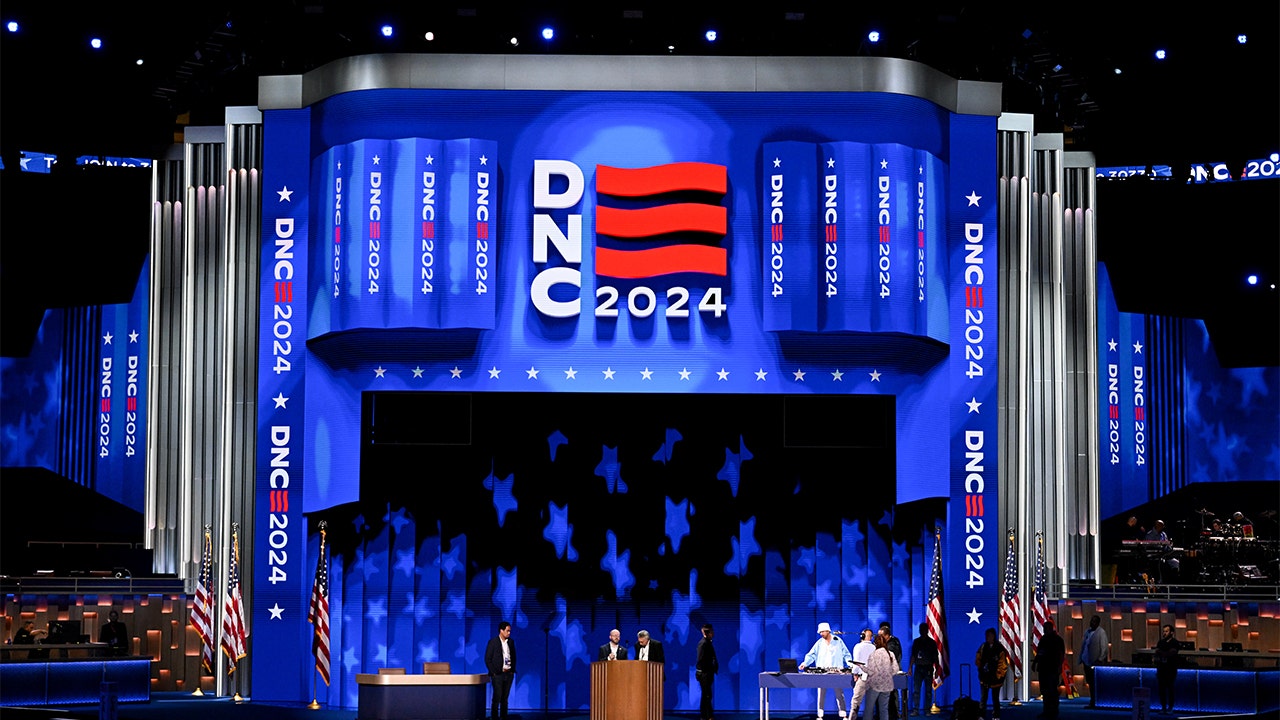Politics
New poll reveals growing number of Dems want party to move in new direction

Shifts in Political Sentiment: Understanding the Post-Election Landscape
In the aftermath of the 2024 elections, the political landscape in the U.S. has revealed significant shifts in voter sentiments. A recent Gallup poll highlights that 45% of Democrats and Democratic-leaning independents now favor a more moderate approach for their party, marking an 11% increase since 2021. Conversely, the desire for a more liberal direction has declined to 29%, with only 22% preferring no ideological change. Conducted following President Trump’s inauguration, this poll underscores a potential reaction to the Democrats’ electoral setbacks, as they look ahead to the 2026 midterms. The Republicans, on the other hand, made notable gains among traditional Democratic constituencies, including Black, Hispanic, and younger voters, suggesting a strategic shift in their appeal.
Democrats’ Pivot Towards Moderation: A Strategic Reevaluation
The Democratic Party’s move towards moderation appears to be a response to recent electoral challenges. The Gallup poll indicates a clear shift in sentiment, with an increasing number of Democrats advocating for a centrist approach. This shift could reflect an acknowledgment of the need to broaden their appeal, potentially alienated by more progressive policies. The decline in support for a more liberal direction and the desire for no change suggests an internal reevaluation, aiming to reconnect with a broader voter base. This strategic pivot may be crucial as Democrats face the challenge of defending another open Senate seat in 2026.
Republican Stability: A Party United Under Conservative Ideals
In contrast, the Republican Party shows a preference for maintaining its ideological stance, with 43% of Republicans and GOP-leaning independents favoring no change, up 9% from 2021. The desire for a more conservative party has dropped to 28%, while 27% prefer moderation, relatively unchanged since 2021. This stability highlights the enduring influence of Trump’s populist "America First" agenda, reshaping the GOP into a party of loyalists. The poll also reveals that 67% of Republicans identify as conservative, 31% as moderate, and just 2% as liberal, underscoring the party’s strong conservative foundation.
Broader Implications: Voter Sentiment and Party Perception
Recent surveys, including a Quinnipiac University poll, paint a challenging picture for Democrats, with only 31% of respondents viewing the party favorably, the highest unfavorable rating since tracking began. In contrast, the GOP achieved its highest favorable rating at 43%, though 45% still view it unfavorably. These findings suggest a significant shift in voter sentiment, with growing dissatisfaction among traditional Democratic voters and a perception of the GOP as a viable alternative, despite ongoing polarization.
Challenges and Opportunities for Both Parties
As the 2026 midterms approach, both parties face strategic challenges. Democrats must balance progressive ideals with moderate policies to reclaim lost ground among their base and appeal to swing voters. Republicans, while maintaining ideological stability, must sustain momentum gained among diverse voter groups, leveraging Trump’s influence while addressing broader voter concerns. The ability to adapt to these shifts will be pivotal in determining future electoral success.
Conclusion: Strategic Adaptation in a Dynamic Political Environment
The post-2024 election landscape highlights a dynamic political environment with significant implications for both parties. Democrats are urged to moderate, potentially reengaging with disaffected voters, while Republicans aim to maintain their conservative core and expand their appeal. As the political climate evolves, strategic adaptation will be crucial for both parties to navigate the challenges and opportunities ahead, setting the stage for a competitive 2026 midterm election.


















